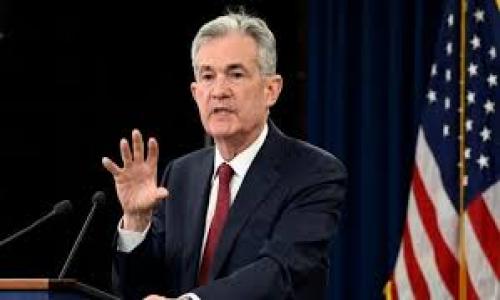Let us first start out with the highly glorified story, regarding the monetary policy of low interest rates. Theoretically, low rates make it easier for people to buy homes and cars. This in turn induces demand for other things like furniture, appliances, and car accessories, which really is a chain reaction that should boost a slow economy.
Additionally, the idea is that people will go out and spend more as low rates help them save on interest costs. On a bigger scale, low rates allow companies and businesses to borrow and invest in buildings and equipment among other things. Returns on these investments will then be worth more in the future if rates are higher than those of todays. Investment in businesses will also, hopefully, increase productivity levels and make the economy grow faster.
Nonetheless, in recent years, low rates have also spurred a refinancing frenzy. Demand for refinancing US mortgages is high due to record low rates. The idea is that when interest rates fall and remain low, homeowners can refinance their fixed rate loans and borrow at a lower cost. However, not everyone is qualified for low rate refinancing due to tight credit standards. In many cases, it can be said that the people who need refinancing most cannot get it, so are low rates really helping those that need to be helped?
The answer is probably yes and no. Yes, as in sure it does allow borrowers to borrow at a lower cost and therefore invest and spur economic activity, which should then theoretically be good for everyone in the country. Another benefactor of low rates, not yet mentioned is our government. By keeping rates low, the government induces people to buy government debt such as treasuries, which makes it a winner.
Moreover, American debt has always been a safe haven for investors. The buying up of American debt by foreign investors have kept rates low to begin with, but the Fed by continuing to buy up government debt has managed to keep rates even lower. The government saves trillions of dollars in interest payments each year by keeping rates low. In fact the recent announcement of a so-called QE3 aims to keep rates low until mid 2015. Yet, rates are kept so low that savers are losing money because bank rates are lower than inflation. Finally, we get to the story of the savers.
Essentially low rates are chipping away savings and forcing those that are planning to live off their savings to retire later. Not only that, many who have retired are re-entering the workforce because they can no longer rely on their savings to sustain the cost of living. A September 10, 2012 New York Times article noted that Dorothy L. Brooks, 65, who retired 10 years ago has decided to go back to work in a local school, and in her words, “I got hit a couple of years ago pretty badly in the stock market, so now my savings are weighted mostly toward bonds... Now both investments are terrible. And I can’t put my money in a money-market account because that’s crazy. That just pays nothing.” It’s literally as if people are paying the bank to put money in the bank.
In today’s low rate environment where inflation trumps savings rates, some people would rather hold on to their cash than put it in the bank. The same New York Times article also noted that Bill Taren, a retiree in Florida, would rather put cash at home, because then he can at least see the cash when he wants to.
Overall, the winners of this low rate story are the borrowers and the government, as the policy makes it easier for these people to borrow. The losers, nonetheless, are the older people, the retirees, and the savers. In the end, the question is, is the cost of low rates worth it? Does the story of low rates providing a boost to the economy still apply today?












Comments
Makailah
January 11, 2011
car insurance qoutes 890 car insurance quotes 4035 cheapest car insurance 8(((
Is this review helpful? Yes:0 / No: 0
Add your Comment
or use your BestCashCow account